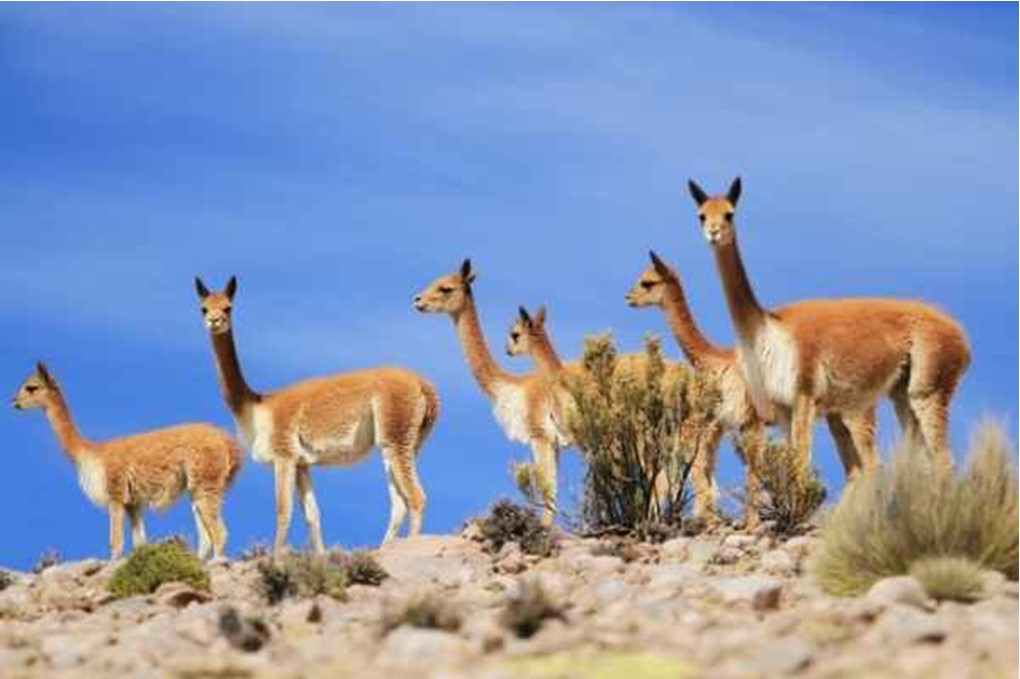Delicate fabrics are a luxury that we like to indulge in because they look good and give us an incomparable feeling when the high-quality fibers gently nestle against our skin.
Beautiful fabrics are made from exceptionally high-quality fibers. As a rule, these are natural fibers that command a higher price due to their limited availability alone and are particularly sought-after.
But the extraction of these fibers is also often laborious and time-consuming, so the end product then also demands a corresponding price.

Lotus silk
This precious silk is produced worldwide only at Inle-Lake in Myanmar. The Intha people who settle there process the fibers of the Indian lotus blossom into rare lotus silk.
The lotus blossoms are always harvested at the end of the rainy season, as the stems are the longest at this time. From the leaves and stalks, paper-thin lotus fibers are then obtained.
The fibers are twisted and spun while still wet. During weaving, the threads must be repeatedly wetted with water. Otherwise, they would break. A weaver can produce between 80 and 100 grams of yarn per day. For one meter of fabric, made from 10,000 lotus stalks, she needs a whole week.
The lotus is the flower of Buddha. For this reason, lotus silk in East Asia may only be worn by Buddha statues and Buddhist monks. So this silk is almost sacred! Recently, however, visitors from the Western world have also been allowed to purchase this precious fabric.
You can pay 100$ for a scarf or 7000$ for a jacket, which warms in winter and cools in summer – a particularly exclusive souvenir from the Asian continent.
Sea Silk

One of the most precious fabrics in the history of mankind is sea silk. Since ancient times, shiny golden threads have been obtained from the wool fibers of the noble pinna. The mussels are found throughout the Mediterranean Sea, where they live in coastal seagrass beds.
The mussels cling to seagrasses and stones with particularly tear-resistant fibers known as byssus threads. Despite its strength and stability, byssus is even finer than silk. A single mussel yielded only about 1 to 2 grams of raw byssus. For 1 kg of pure mussel silk, a whole 4000 animals were needed.
No wonder that for centuries this type of silk was only worth its weight in gold. Only kings and church dignitaries, such as abbots or popes, could wear this luxurious fabric. Only a few pieces of fabric made of shell silk have been preserved worldwide.
The oldest surviving object made of shell silk is a knitted cap from the 14th century, found in Saint-Denis near Paris in 1978. The largest object still preserved is a scarf weighing 400 grams. Among the most famous textiles made of sea silk is the Veil of Manoppello, which is said to show the face of Jesus Christ.
Due to unbridled overexploitation, the number of pinnipeds decreased so much that they were threatened with extinction in the middle of the 20th century.
Today, fortunately, the Pinna Nobilis is a protected species. Now it provides marine biologists with important information about temperature fluctuations in the seawater. Sea temperatures can be traced back over long periods of time on the basis of the mussel shells. No mussel has to be killed for these analyses either.
Vicuña Wool

The wool of Vicuñas is silky smooth and very soft. Vicuna wool has a fiber fineness of 10-20 µm, making it the finest animal fiber in the world. The finer under-hair is processed into carded and worsted yarns. The length of the individual hair is between 30 and 50 mm.
The vicuña lives in the wilderness of the high Andes at 4000 to 5000 meters above sea level. Peru has a population of about 160,000 vicuñas, but smaller numbers of vicuñas can be found in northern Chile, Bolivia and Argentina.
Traditionally, the animals were sheared gently in a respectful ceremony rooted in legends and ancestral traditions. They are then released back into the wild. In the Inca era, clothing made of vicuña fibers was reserved for the nobility.
Like guanacos, vicuñas belong to the camel family. The vicuñas live wild in herds of up to 20 animals on the high plateaus of the Andes. The extremely dense and soft fur of vicuñas, which protects them from the cold of the highlands, has always been in demand and valuable.
To shear the wool of the vicuña, the animal must be captured or shot, which led to a drastic reduction in the population in the 20th century. As a result, in 1968, vicuñas were declared an endangered species.
The Washington Convention on International Trade in Endangered Species of Wild Fauna and Flora (CITES) allowed trade in the animals only with official permission, and wool could not be traded internationally.
After the population of free-ranging vicunas had recovered, the law was relaxed again in recent years so that today vicuna wool can be traded again under controlled conditions. The material can be obtained in small quantities and for a very high price.